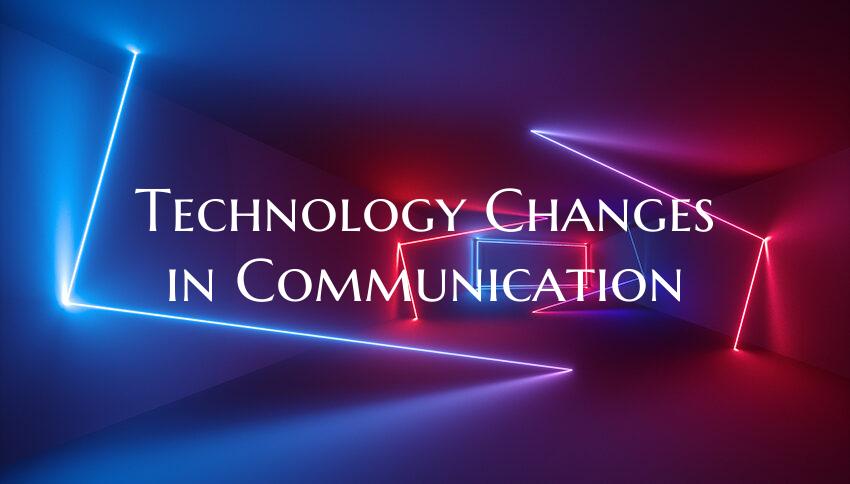Technology Changes in Communication
Technology Changes in Communication
Communication has undergone significant transformations over the years, largely driven by advancements in technology. From the invention of the telegraph to the rise of social media platforms, technology has continually reshaped how we connect and interact with one another. These changes have not only made communication faster and more convenient but have also expanded the reach and possibilities of human connection in ways previously unimaginable.
One of the most notable changes in communication technology is the evolution of mobile devices. With the prevalence of smartphones and tablets, people can now stay connected anytime, anywhere. Mobile technology has revolutionized how we communicate, enabling instant messaging, video calls, and social media interactions on the go. This level of accessibility has blurred the lines between personal and professional communication, allowing for seamless connectivity across various aspects of our lives.
In addition to mobile technology, the internet has played a pivotal role in transforming communication. The widespread availability of high-speed internet has enabled the exchange of information in real-time, facilitating global connectivity like never before. Email, instant messaging, and social networking sites have become integral parts of modern communication, enabling individuals to share ideas, collaborate on projects, and maintain relationships across vast distances.
Social media platforms have also had a profound impact on how we communicate. These digital spaces allow users to connect with friends, family, colleagues, and even strangers from all corners of the world. Platforms like Facebook, Twitter, and Instagram have become primary channels for sharing experiences, opinions, and information, shaping both personal and societal conversations in the digital age.
Furthermore, the emergence of video conferencing tools has transformed the way we conduct meetings and conferences. With platforms like Zoom and Microsoft Teams, virtual communication has become more efficient and inclusive, enabling teams to collaborate remotely and businesses to connect with clients and partners across the globe with ease.
Looking ahead, advancements in artificial intelligence, virtual reality, and augmented reality are poised to further revolutionize communication technology. These innovative technologies hold the potential to create immersive, interactive communication experiences that transcend the limitations of traditional methods.
As technology continues to advance, so too will the ways in which we communicate. Embracing these changes and leveraging new tools and platforms can enhance our ability to connect, collaborate, and engage in meaningful ways across boundaries of time and space. The evolution of communication technology underscores the profound impact of innovation on human interaction and underscores the boundless possibilities that lie ahead in our interconnected world.

